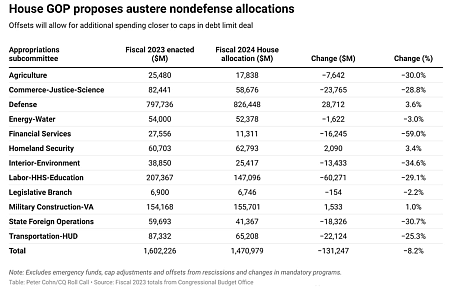NASA reconsiders cancellation of overbudget and behind schedule robotic refueling mission
Due to some pressure from Congress (which wants the 450 jobs the project employs), NASA is now reconsidering its cancellation of the On-Orbit Servicing, Assembly and Manufacturing (OSAM) 1 mission, designed in the late 2000s to demonstrate the robotic refueling of a dead satellite but is so overbudget and behind schedule that in the interim private enterprise accomplished the same goal now repeatedly for a fraction of the cost.
Language in the final fiscal year 2024 appropriations bill, released just days after NASA’s cancelation announcement, which fully funded OSAM-1 at $227 million, directed NASA to adjust the mission to launch in 2026 within the spending profile NASA included in its 2024 budget request. That could be done, the report accompanying the bill suggested, through “potential de-scoping of some non-essential capabilities,” adding that if it is not possible, NASA should conduct another continuation review in September.
In other words, Congress wants NASA to keep this project, even if it means cutting the budget of other more useful and valuable missions.
OSAM has cost a billion dollars so far, and after almost fifteen years has not yet flown. Meanwhile, Northrop Grumman’s MEV servicing robot has already provided fuel to several dead satellites, while orbital tug startups are flying missions and developing the same refueling capabilities for far less. The industry doesn’t need this demonstration mission anymore. It has already demonstrated it, and done so better.
Moreover, why the heck does OSAM require 450 people? That number is absurd, and likely exceeds the payrolls of all the orbital tug companies plus Northrop’s robotic servicing division combined.
There is hope for the American taxpayer. The legislative recommendations above come solely from the Senate. The House appears less interested in spending this money. And NASA has not yet decided what it will do.
Due to some pressure from Congress (which wants the 450 jobs the project employs), NASA is now reconsidering its cancellation of the On-Orbit Servicing, Assembly and Manufacturing (OSAM) 1 mission, designed in the late 2000s to demonstrate the robotic refueling of a dead satellite but is so overbudget and behind schedule that in the interim private enterprise accomplished the same goal now repeatedly for a fraction of the cost.
Language in the final fiscal year 2024 appropriations bill, released just days after NASA’s cancelation announcement, which fully funded OSAM-1 at $227 million, directed NASA to adjust the mission to launch in 2026 within the spending profile NASA included in its 2024 budget request. That could be done, the report accompanying the bill suggested, through “potential de-scoping of some non-essential capabilities,” adding that if it is not possible, NASA should conduct another continuation review in September.
In other words, Congress wants NASA to keep this project, even if it means cutting the budget of other more useful and valuable missions.
OSAM has cost a billion dollars so far, and after almost fifteen years has not yet flown. Meanwhile, Northrop Grumman’s MEV servicing robot has already provided fuel to several dead satellites, while orbital tug startups are flying missions and developing the same refueling capabilities for far less. The industry doesn’t need this demonstration mission anymore. It has already demonstrated it, and done so better.
Moreover, why the heck does OSAM require 450 people? That number is absurd, and likely exceeds the payrolls of all the orbital tug companies plus Northrop’s robotic servicing division combined.
There is hope for the American taxpayer. The legislative recommendations above come solely from the Senate. The House appears less interested in spending this money. And NASA has not yet decided what it will do.



